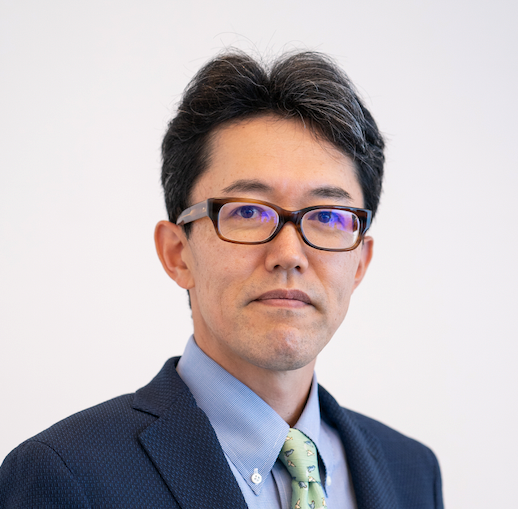Meet the Councilor | Kenji Kabashima, MD, PhDThis issue’s ‘Meet the Councilor’ features IEC Secretary Kenji Kabashima, MD, PhD. Dr. Kabashima is a professor of the Department of Dermatology at Kyoto University Graduate School of Medicine in Kyoto, Japan.
What is your proudest accomplishment in the atopic dermatitis (AD) space to date?The pathogenesis of atopic dermatitis had remained unclear for decades until the discovery of filaggrin mutation in some AD patients in 2006. This study revealed the importance of barrier disruption as a cause of AD. We, AD investigators, further tried to understand the role of barrier disruption, type 2 inflammation, and pruritus, and figured out they are linked. Based upon these findings, I established the concept of the pathogenesis of atopic dermatitis: interplay among the barrier, allergy, and pruritus as a trinity in 2013 (PMID: 23473856). This review is one of the first to support understanding the whole picture of AD. Regarding the clinical field, we have been worked on the role of Janue kinase (JAK) inhibitors in AD, which lead to the first clinical application of topical JAK inhibitor delgocitinib. AD investigators also worked on the relationship between immune cells and itch, which led to the drug development and clinical trials of nemolizumab, anti-IL-31Ra. What do you value most about being involved with the IEC?I have been working for the IEC since its inception. The IEC has developed in a sound and dramatic way. Now we are composed of different backgrounds, cultures, and ethnicities. I am certain that the IEC is now an essential organization which supports the spread updates on eczema to our community all over the world: understanding the pathogenesis, novel therapeutic options, research on unmet needs, and thoughts on future directions. This organization also helps us to smoothly connect academia and industry. Based on your experience in AD, what do you think will garner the most attention over the coming year in this field? ?We now have multiple options for the treatment of AD, targeting the interleukin (IL)-4 receptor, Interleukin-13 (IL-13), JAK, phosphodiesterase 4 (PDE4), and others. Even more treatment options will be available in the coming year. Next, we must figure out which drug is best suited for patients. To this end, we need to understand the background of each patient and, hopefully, figure out endotypes of AD. To understand endotypes of AD, we have to understand the pathogenesis of AD more deeply. At the beginning of this interview, I mentioned the interplay among barrier, allergy and pruritus. But now we need to understand even more factors, such as microbiome, sweats, lifestyle (i.e., diets, exercise, obesity, stress). What do you see as the biggest need among AD patients?We are glad to have multiple options for the treatment of AD, but there remain unmet needs for AD patients. Most new drugs are effective but expensive, so not all patients can benefit from them. I hope that drugs will be less expensive. Though drugs are effective, AD still impairs many patients' quality of of life. Itch, facial redness, marks from scratching, lack of sound sleep and other factors can induce social losses, including refusal to go to school, and difficulty to concentrate on work. |

